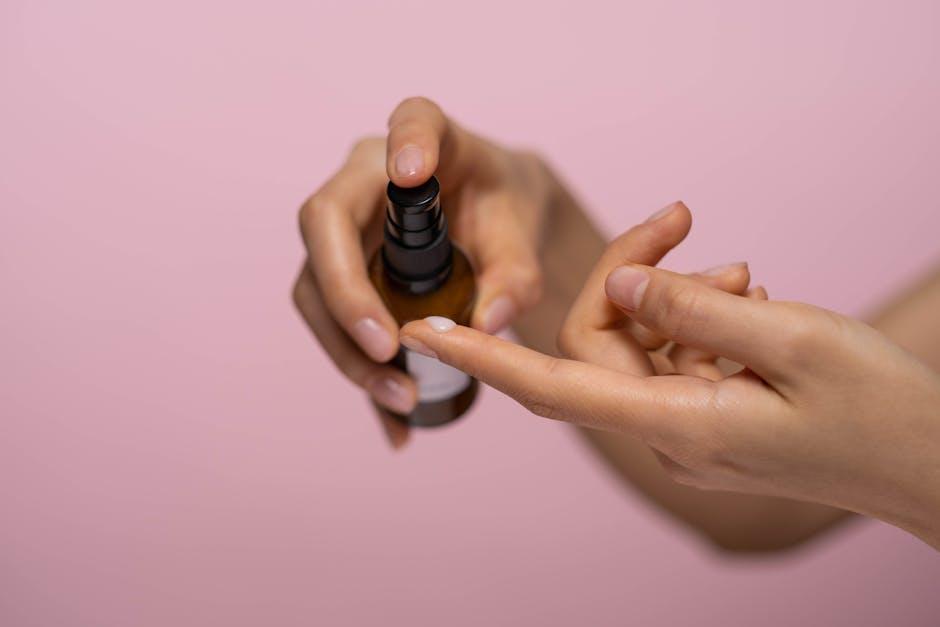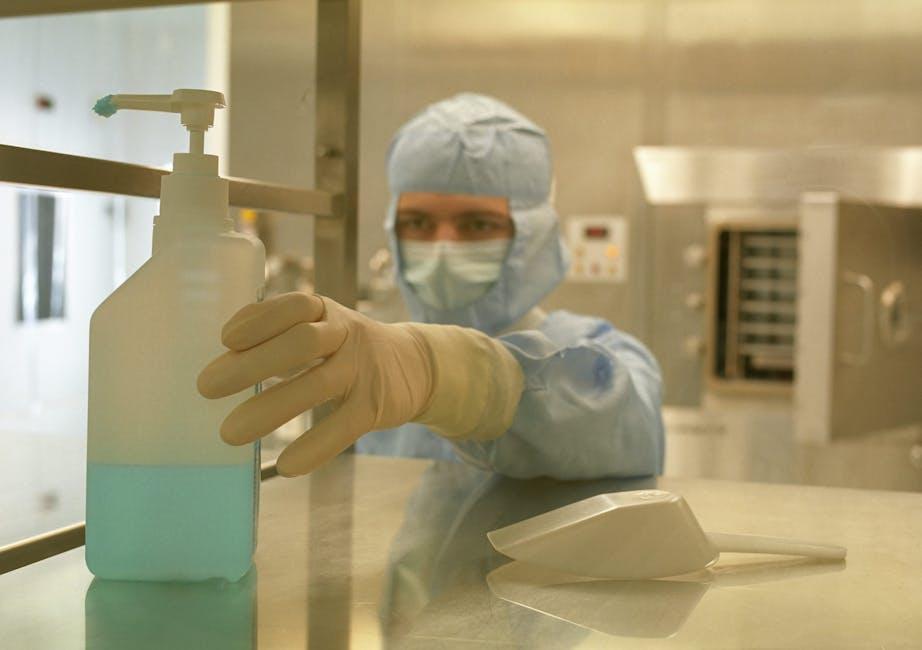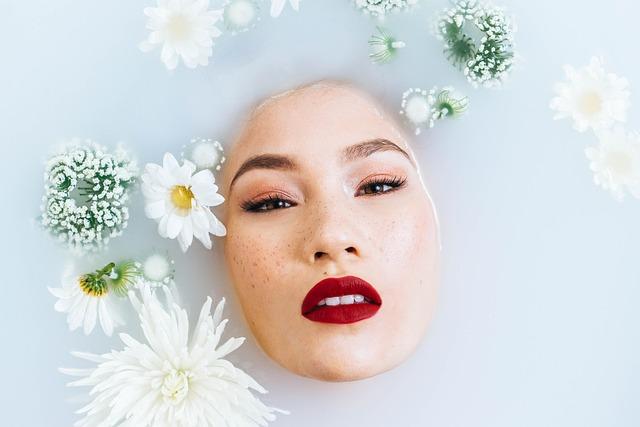In the ever-evolving world of skincare, where promises of radiant complexions and age-defying formulas abound, the journey from conception to consumer is one paved with rigorous scrutiny and scientific precision. Behind every luxurious cream and potent serum lies a complex tapestry of testing and evaluation, ensuring that what we apply to our skin is both safe and effective. This meticulous process is the unsung hero of the beauty industry, a dance of innovation and regulation that protects consumers while pushing the boundaries of dermatological science. As we delve into the intricate world of skincare product testing, we uncover the layers of research, experimentation, and expertise that safeguard our skin’s health, revealing a story as rich and nuanced as the products themselves. Join us as we explore the rigorous protocols and cutting-edge techniques that underpin the cosmetics we trust, illuminating the pathway from laboratory to vanity shelf with clarity and authority.
Unveiling the Science: The Rigorous Journey of Skincare Product Testing

Behind the allure of sleek packaging and promises of radiant skin lies a meticulous process that ensures skincare products are both safe and effective for consumers. This journey begins in the laboratory, where formulations are crafted and then subjected to a series of stringent tests. The rigorous assessment of skincare products encompasses several stages, each designed to evaluate different aspects of a product’s performance and safety profile.
- In-vitro Testing: The initial phase often involves in-vitro tests, where ingredients are examined in controlled environments to predict their effects on human skin without involving live subjects.
- Clinical Trials: Next, products undergo clinical trials involving human volunteers. These trials are conducted under strict ethical guidelines to monitor any adverse reactions and to verify the claims made by the product, such as anti-aging or moisturizing benefits.
- Patch Testing: A common method used to identify potential allergic reactions. Small amounts of the product are applied to the skin, usually on the forearm or back, to check for any signs of irritation.
- Stability Testing: Ensures the product maintains its integrity and effectiveness over time, often through exposure to varying temperatures and humidity levels.
Through these comprehensive testing phases, skincare companies can confidently assert that their products are not only effective but also align with the highest standards of safety, ultimately fostering trust and transparency with their consumers.
Inside the Lab: Key Protocols Ensuring Skin Safety and Efficacy

In the meticulous world of skincare testing, a series of rigorous protocols are in place to guarantee both safety and effectiveness. Cellular assays are often the first step, where skin cells are exposed to product ingredients to observe any potential cytotoxic effects. Following this, patch tests are conducted on human volunteers to ensure that the product does not cause irritation or allergic reactions. These tests are crucial in assessing the immediate impact on the skin, providing a foundation of safety before further efficacy trials.
Beyond basic safety, the efficacy of skincare products is evaluated through advanced methodologies such as controlled clinical trials. Here, products are tested on a diverse group of participants under strict conditions, with results analyzed by dermatologists. Key metrics include hydration levels, reduction in wrinkles, and improvement in skin tone, which are meticulously recorded. Additionally, consumer perception studies are employed to gather subjective data on the user experience, rounding out the comprehensive testing process. These protocols ensure that only products meeting the highest standards reach the consumer, embodying a commitment to both innovation and responsibility.
Expert Recommendations: Choosing Skincare Products Backed by Science

When selecting skincare products, it’s essential to prioritize those supported by rigorous scientific evaluation. Expert recommendations often highlight several critical factors that contribute to a product’s reliability and effectiveness. Consider the following when making your choice:
- Clinical Trials: Look for products that have undergone peer-reviewed clinical trials. These trials provide valuable insights into a product’s safety and efficacy on various skin types.
- Dermatologist Endorsements: Products recommended by dermatologists are typically subjected to stringent testing protocols, ensuring they meet high standards of quality and effectiveness.
- Ingredient Transparency: Brands that disclose the concentration and source of their active ingredients often have more trustworthy formulations. Understanding the role of each ingredient helps in assessing its scientific backing.
In addition to these criteria, consider checking for certifications from reputable skincare organizations, which can further assure you of a product’s scientific merit. By focusing on these aspects, you can make informed decisions and enhance your skincare routine with products that are both safe and effective.


